Best France Trips
Introduction
The French affectionately call their beloved homeland ‘l’Hexagone’ because of its unique hexagonal shape. Every corner of France has its characteristics. Rugged and pristine French, he’s the Alps. Relaxed Provence in the sun. The charming and beautiful coast of the French Riviera. And idyllic Alsace is a countryside where fairytale settlements are tucked away in vine-covered hills.
Paris and Versailles are must-see destinations on your first trip to France.
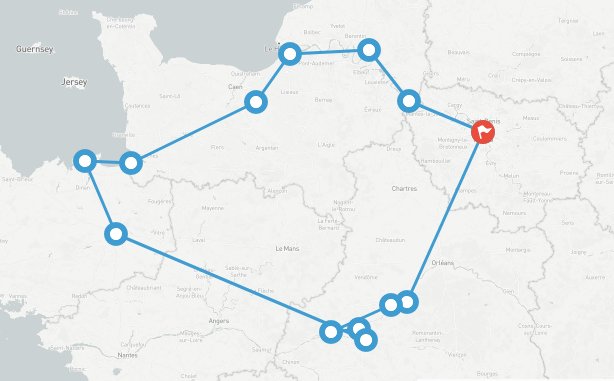
Other classic itineraries include stops at fashionable seaside resorts, fairytale castles, and magnificent Gothic cathedrals.
For a more remote experience, head to the countryside. B. Burgundy farmhouses, Breton fishing villages, picturesque towns in the forests of the Pyrenees. From cultural cities to pristine natural attractions, France has endless tourist attractions. Discover this fascinating and diverse country with our list of France’s best places to visit.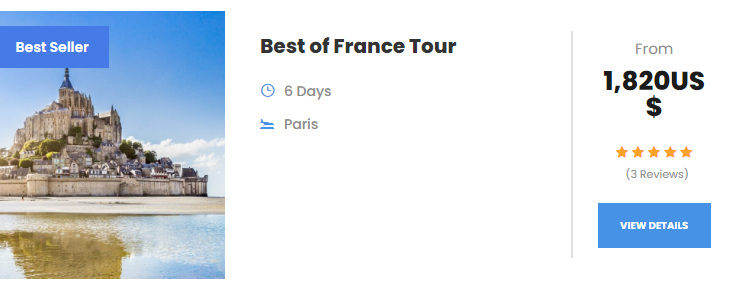
Must-See Locations in France
Paris & Versailles
Known for its elegance and joie de vivre, Paris is a magnificent European capital filled with architectural masterpieces such as the Eiffel Tower and Notre Dame Cathedral.
The Louvre, one of the best museums in Paris, reflects the city’s rich heritage and houses an extraordinary art collection. Meanwhile, the Musée d’Orsay and the Musée de l’Orangerie showcase French Impressionist art treasures.

Other attractions of Paris are its atmospheric medieval districts and elegant boulevards. Significant tourist experiences include shopping in the Latin Quarter’s bookstores, strolling the Champs-Élysées, and people-watching from the terraces of sidewalk cafés on Boulevard Saint-Germain-de-Prés.
The Palace of Versailles, a UNESCO World Heritage Site, is a short train ride from Paris. Built for Louis XIV (the “Sun King”), this opulent 17th-century palace is a testament to the glory and absolute power of the French monarchy. The palace’s magnificent Baroque façade, dazzling Hall of Mirrors, and formal gardens adorned with fountains offer visitors a glimpse into the landscape of a former French royal palace.
Rouen
Rouen is a Norman city with a prime location between Paris and Le Havre harbor on the banks of the Seine.
During the Middle Ages, the city became a trading paradise. Rouen grew dramatically in the 14th and 15th centuries as traders settled near his Rive Droite and built splendid half-timbered houses.
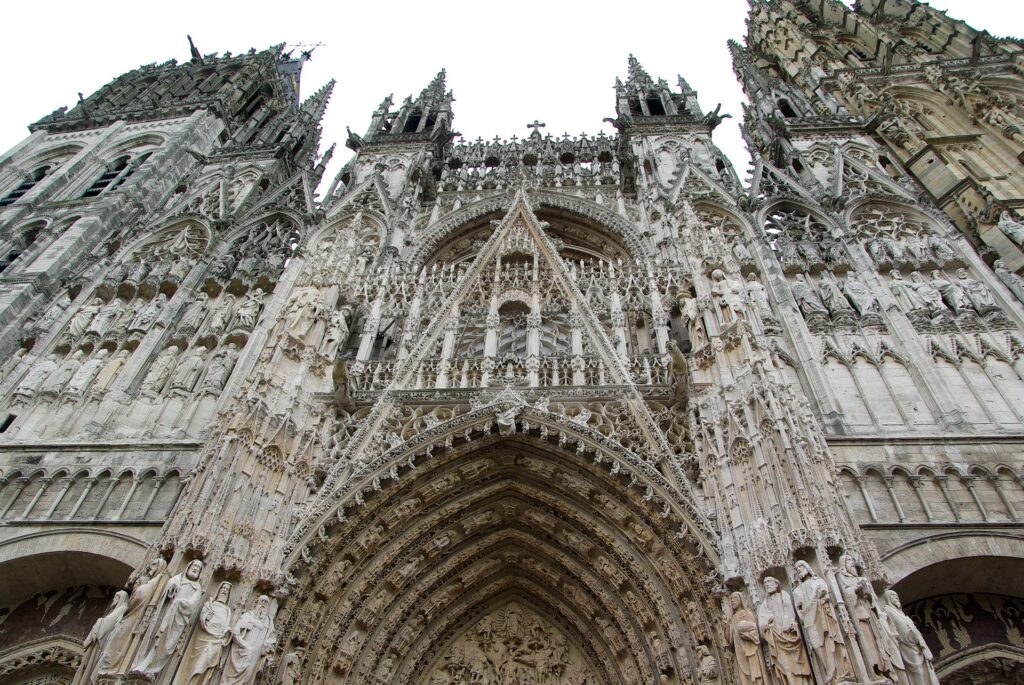
Hundreds of these old buildings still stand along the charming cobbled streets. Rouen is also home to world-famous landmarks that will steal your heart, such as a working medieval clock, a record-breaking cathedral, and sites commemorating the last days of Jeanne d’Arc’s life.
Honfleur
Honfleur is a charming town in Normandy in northern France. With over 1000 years of history, this city is worth a visit if you love the sea and medieval architecture.
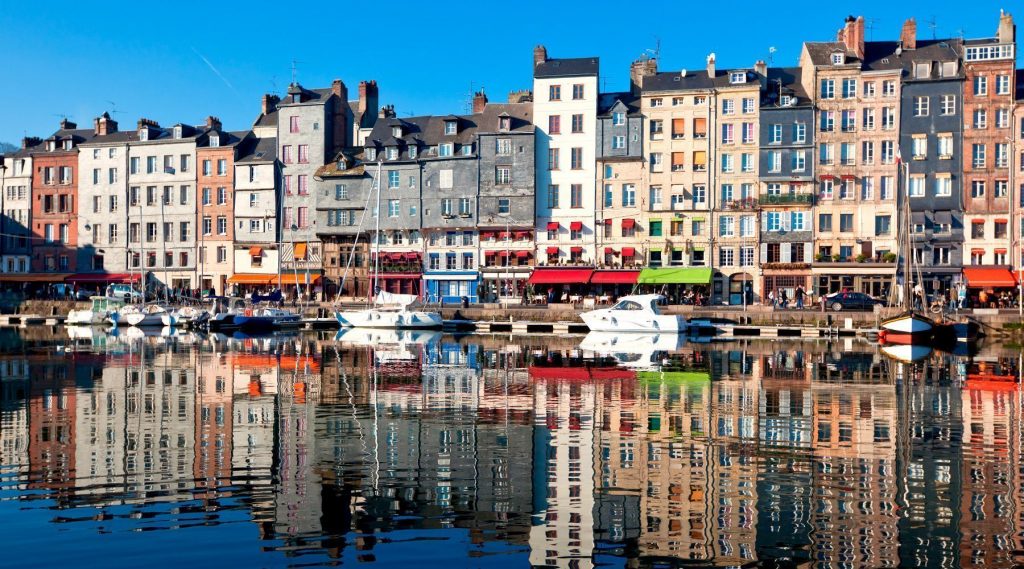
From the 12th century, it became an important border crossing for goods transported to England by sea. To protect it from enemy invasion, the city was fortified and continued to grow with the expansion of maritime trade.
Beaches of Normandy
Normandy has nearly 400 miles of spectacular coastline. Add to this the sandy beaches, the ivory cliffs, and the incredible history these seas have witnessed, and the result is beaches that rival those of the South of France.
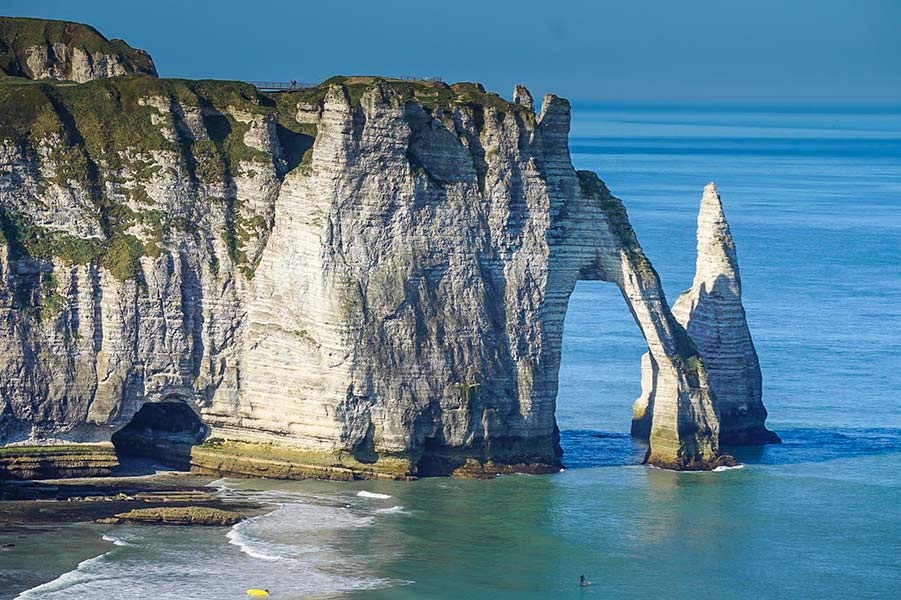
The water is buoyant, and the weather can be a little changeable, but that shouldn’t stop you from experiencing the best beaches in Normandy, France.
Caen
Caen was one of the Norman cities damaged during the war, but it never looked back, and now, it blends history and modernity. Before the Norman conquest of England, it was home to William and Matilda, both buried in a noble Romanesque monastery.

Caen is lush and can be seen at Castle Caen. This stately park was William’s home until the French Revolution and is now dotted with fascinating historical fragments such as ancient gatehouses and ramparts. The town is also an easy drive from D-Day Beach, the Belle Epoque Resort of Cabourg, and Bayeux, home of the famous Tapestry.
Saint-Malo
A band of pirates for hundreds of years, the “Cité Corsair” has always had its way. It even declared an independent republic in the 1590s.
Its historic city walls still protect Saint-Malo, while his 17th-century fortifications still protect the tidal islands bordering the city.
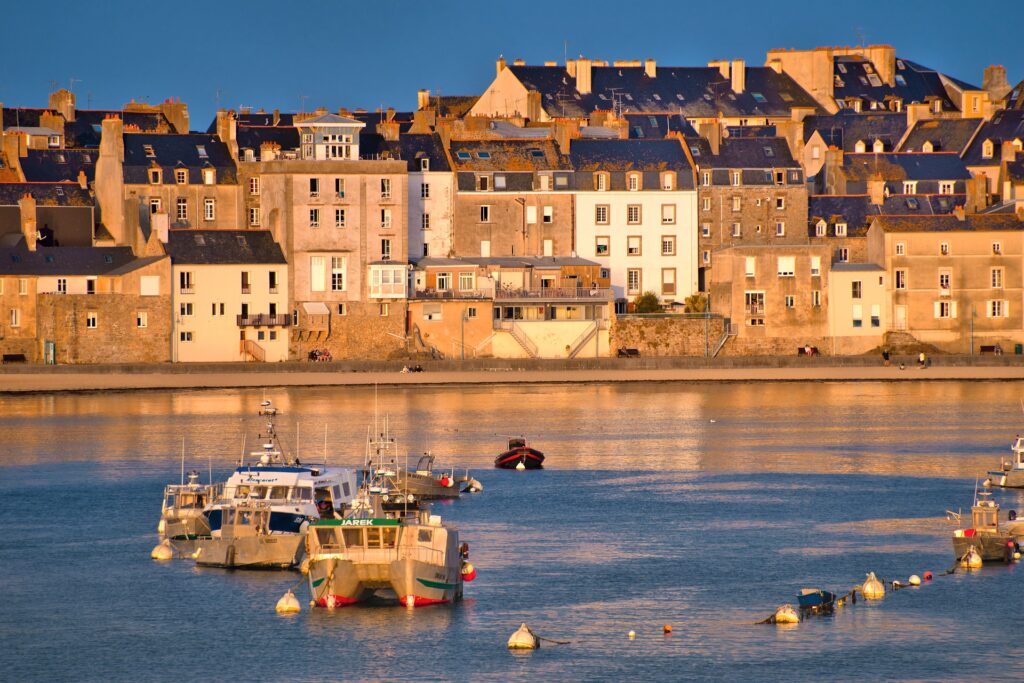
Walk the cobblestone streets within the ramparts and see the magnificent homes of privateer fortunes from the 17th and 18th centuries.
You can also learn much about Saint-Malo, which the Germans liberated in August 1944.
On warm summer days, the ultra-fine sand of the Plage du Chillon invites you.
Mont-Saint-Michel
The history of Mont Saint-Michel dates back to 708 when the sanctuary was first built. Shortly after that, Bishop St. Aubert built a chapel there after having a vision of St. Michael the Archangel (St. Michael means St. Michael).
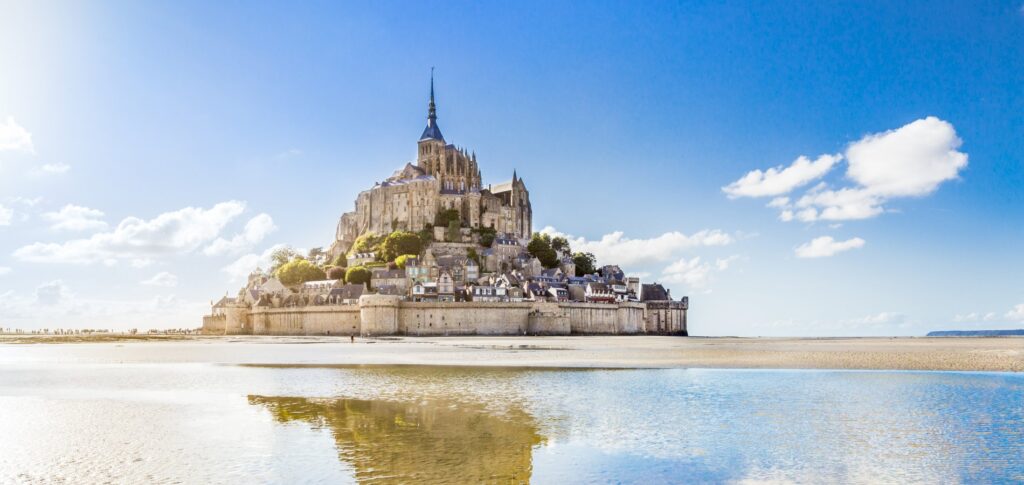
It soon became an important pilgrimage site, and a Benedictine monastery was founded in 966. Most people visit Mont Saint-Michel today to admire its stunning scenery and majestic surroundings. Located on a bay shared by the French regions of Normandy and Brittany, it has led to playful feuds. Read on to find out what Mont Saint-Michel has to offer!
On warm summer days, the fine sand of the Plage du Chillon invites you.
Anger
Located near the confluence of the Main and Loire Rivers, Angers is a charming city full of Renaissance architecture.
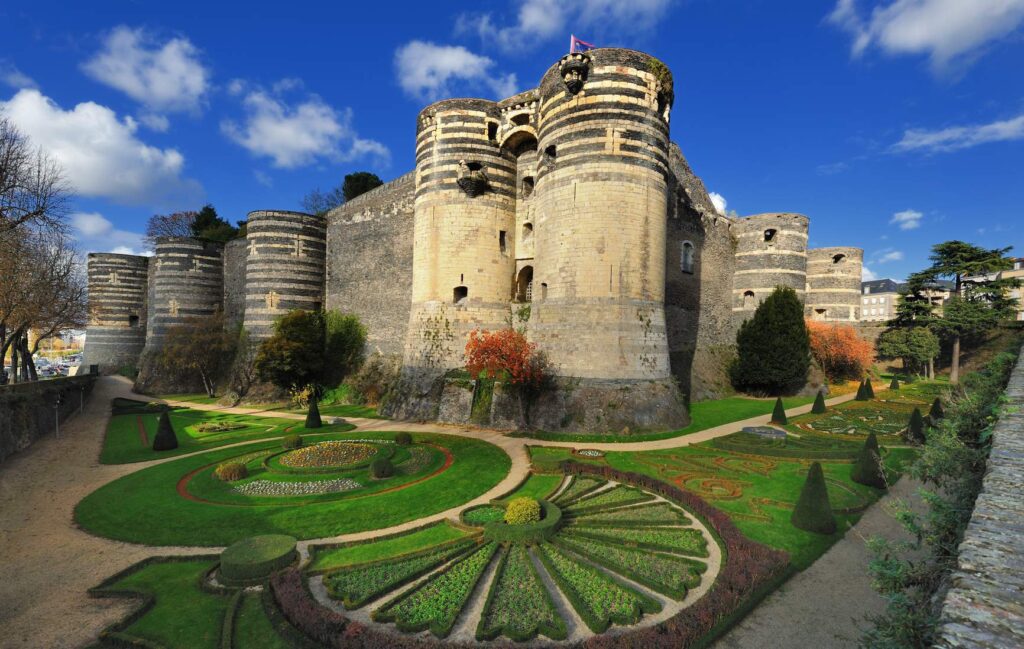
This luxury was a perk of being the capital of Anjou, a historic province ruled by dukes and counts who wielded serious power during the Middle Ages.
The power of these dynasties is evident in the Count’s home, the Château de Angers, and his formidable 14th-century fortress.
Loire Castles Valley
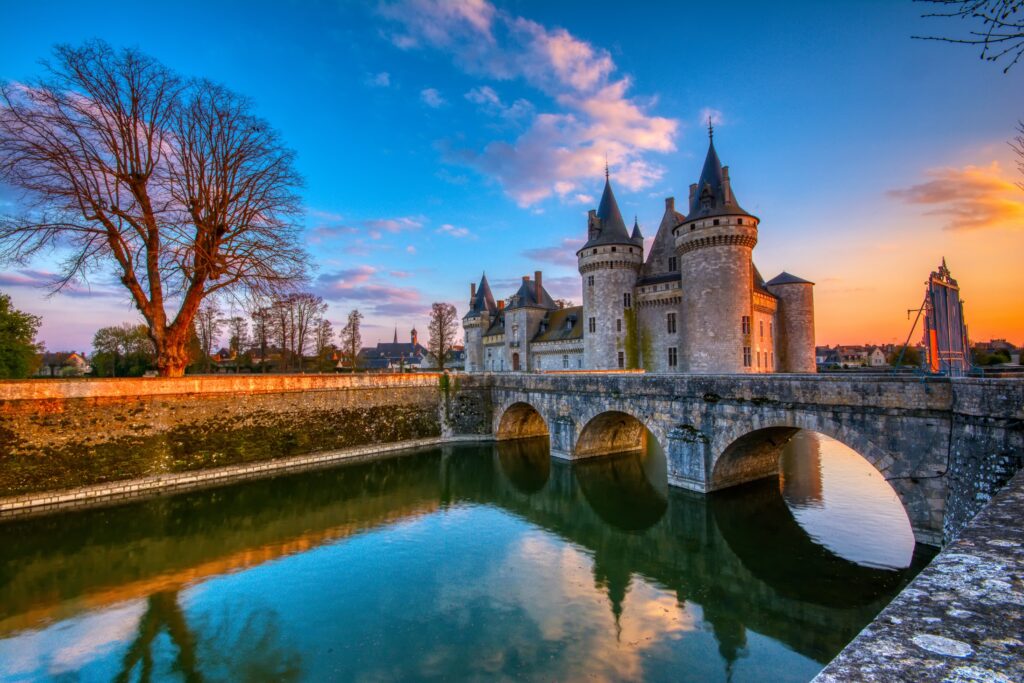
The Loire Valley invites visitors to step into a fairytale setting. It is complete with stunning castles and charming countryside. Known as the ‘Garden of France,’ the Loire Valley was frequented by French kings for its beauty and hunting opportunities.
From the 15th to the 16th century, French kings built luxurious country retreats amidst the forests and rivers of the Loire. These opulent royal palaces became legendary, and wealthy nobles followed suit by creating their own stately homes.
The magnificent Renaissance castle was designed solely for entertainment and entertainment, an extension of court life outside of Paris. The magnificent Château de Chambord is the most abundant, and the Château de Chenonceau is the most elegant.
Château de Chenonceau
Château de Chenonceau is a French chateau straddling the Cher River near the small village of Chenonceaux in Cher-Val de Loire, Indre-et-Loire, and Center-Val de Loire. He is one of the most famous castles in the Loire Valley.
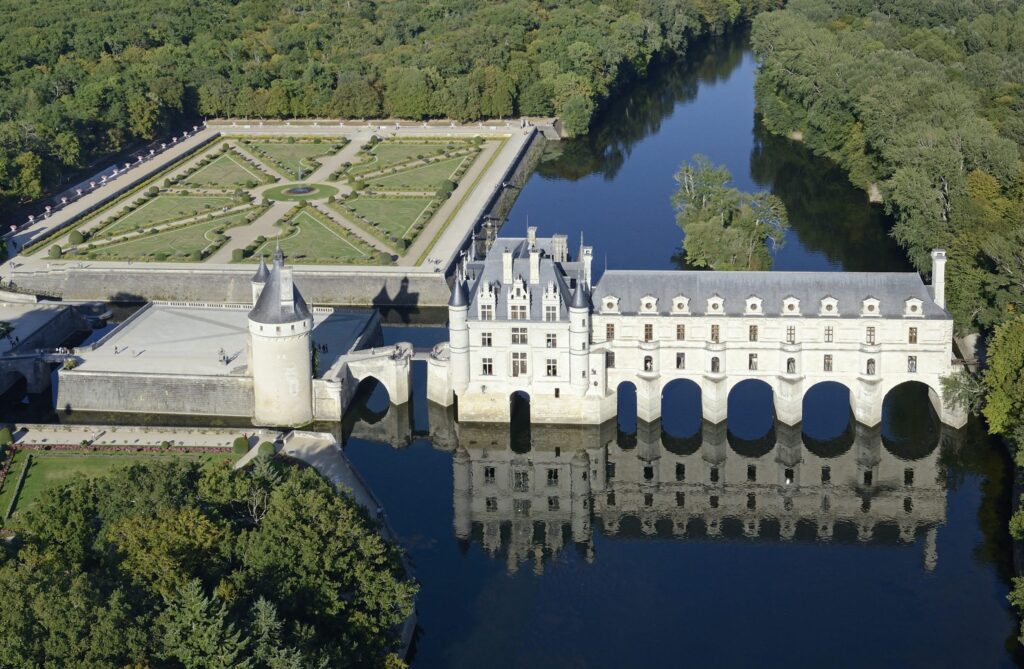
The Chenonceau estate was first mentioned in documents in the 11th century. The current castle was built between 1514 and 1522 on the foundations of an old mill and later extended across the river. The bridge over the river was built to the design (1556-1559) of the French Renaissance architect Philibert de l’Orme, who designed the bridge corridor in 1570-1576. It was built to the design of Jean Bullant.
Château de Chambord
The Chateau de Chambord in Chambord, Center-Val-de-Loire, France, is one of the world’s most famous French Renaissance buildings. This highly distinctive French Renaissance architecture blends traditional French medieval forms with classical Renaissance structures and is one of the nicest chateaus.
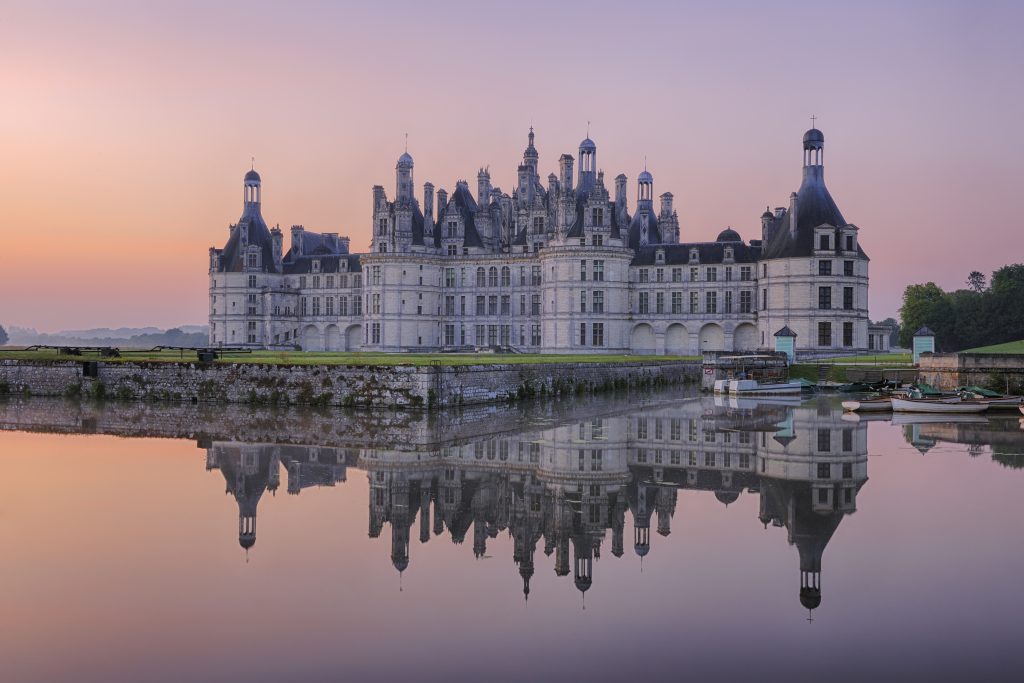
The building, which was never completed, was commissioned by Franz I.











